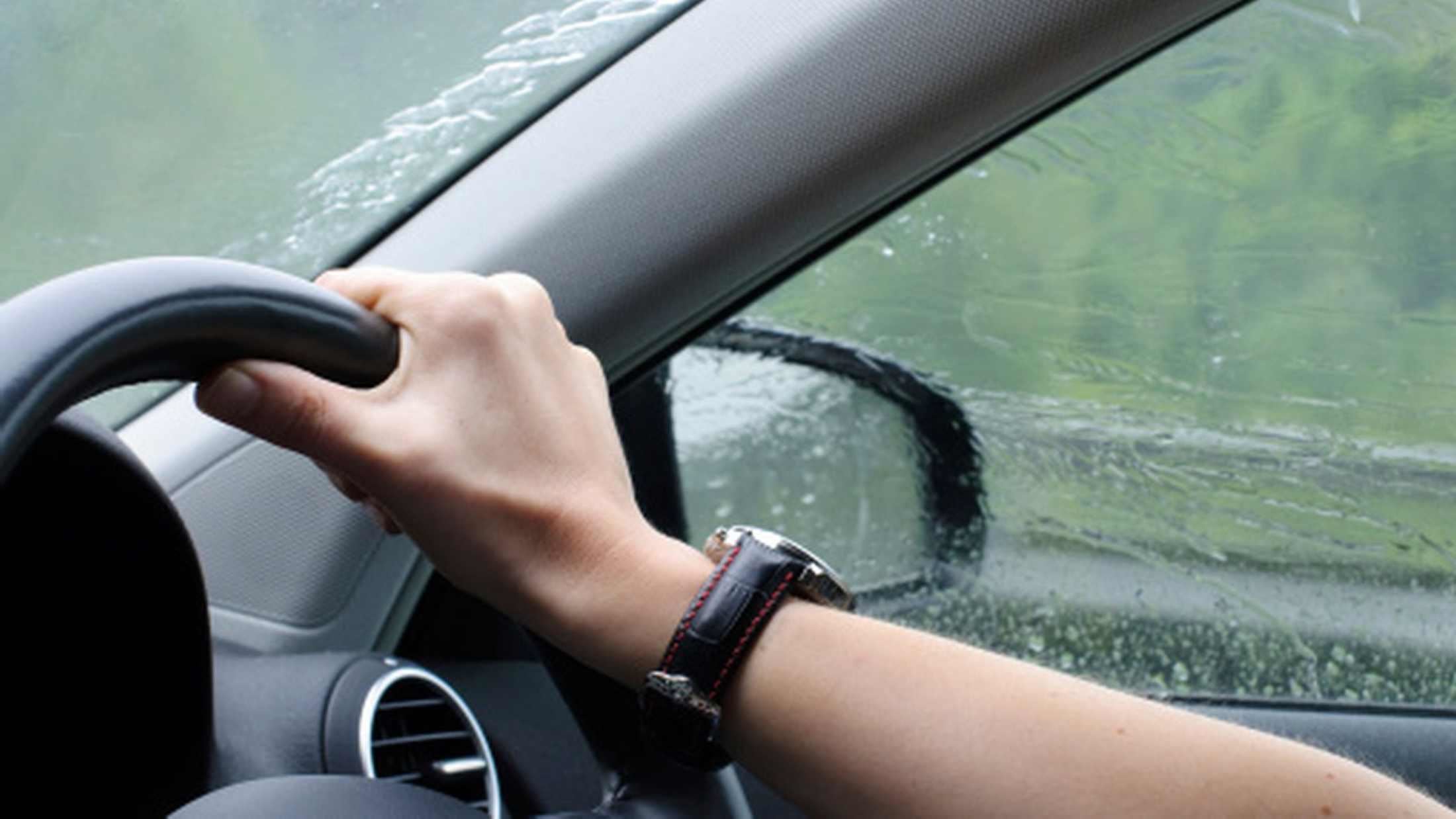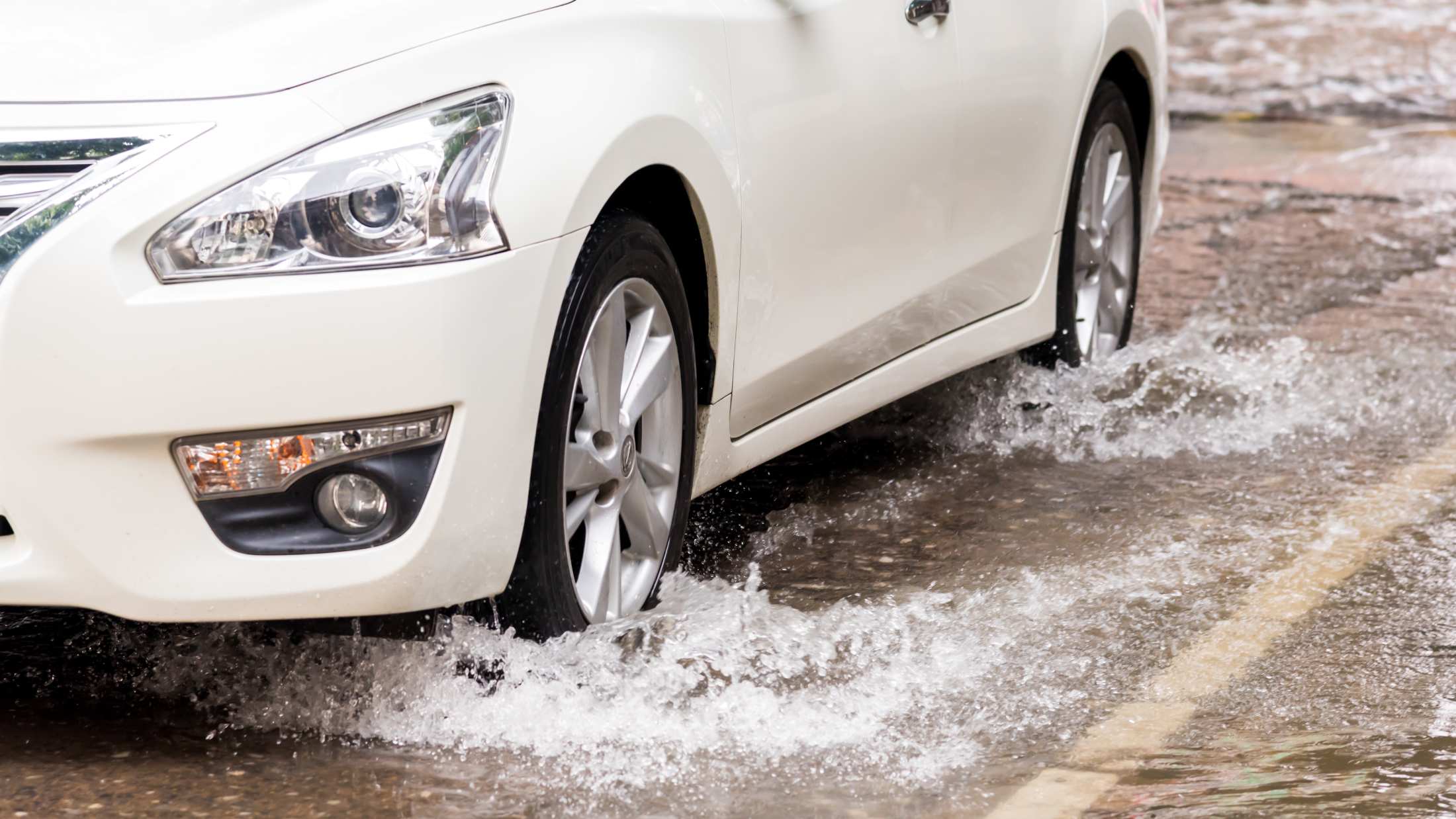The UK’s climate means that heavy rain and fog are common hazards on our roads – but sometimes driving safely can be challenging even for experienced motorists.
The Met Office recorded 1242mm of rainfall in the UK during 2024. And with an average of almost 160 rainy days each year, it's safe to say that British motorists are used to driving in wet conditions.
In this article, we look at ways to stay safe while driving through heavy rain and its lesser-spotted cousin, fog.
Heavy rain
Heavy rain poses various challenges while driving. When driving in the rain, you'll need to deal with less visibility, less grip, and less effective braking. At high speeds, car tyres can skim across the surface of a body of water rather than pushing through to the tarmac below – a frightening experience known as aquaplaning.
As soon as rain starts falling steadily, turn your headlights and windscreen wipers on (not just intermittently). This will help you see the road, and make sure you can be seen by other drivers.
Make sure you replace your wipers every year. That way you can be confident they'll clear the windscreen effectively when you need them.
It takes longer to stop in wet conditions than on a dry road. When it's wet out, lower your speed and increase your distance from the car in front. The Highway Code advises doubling the usual distance.
Standing water
If it's been raining a lot, you might see puddles of standing water forming on the road. On fast roads, this can lead to aquaplaning and a temporary loss of control.
Standing water can cause breakdowns and hide hazards that could harm your car’s suspension, steering, and tyres. The best rule with standing water is to approach with caution. There may be potholes or other debris below the surface that could cause damage if hit at speed.
Driving through a large body of water quickly will splash water in every direction. Aside from showering pedestrians or temporarily blinding other road users, this could also flood your car’s engine.
Approach standing water from the middle of the road, in first gear with fairly high revs, and maintain a steady speed until you reach the other side. Test your brakes immediately afterwards, to make sure they haven’t been damaged by the water.
Fog
Fog poses a threat to drivers of all kinds. And while there's no way to get rid of fog, using your lights will go some way towards improving visibility.
Every car has a rear fog light, and most have a pair at the front as well. Switch on all available fog lights when objects more than five seconds ahead of you are obscured and keep well back from traffic in front.
Drivers often subconsciously settle into a convoy in foggy conditions on major roads, following the vehicle in front and matching its speed. If you’re in one of these convoys, avoid braking where possible, and indicate well in advance of any turns you need to make.
Finally, switch off your fog lights as soon as visibility improves. If you don't, you may dazzle other road users and cause an accident.












